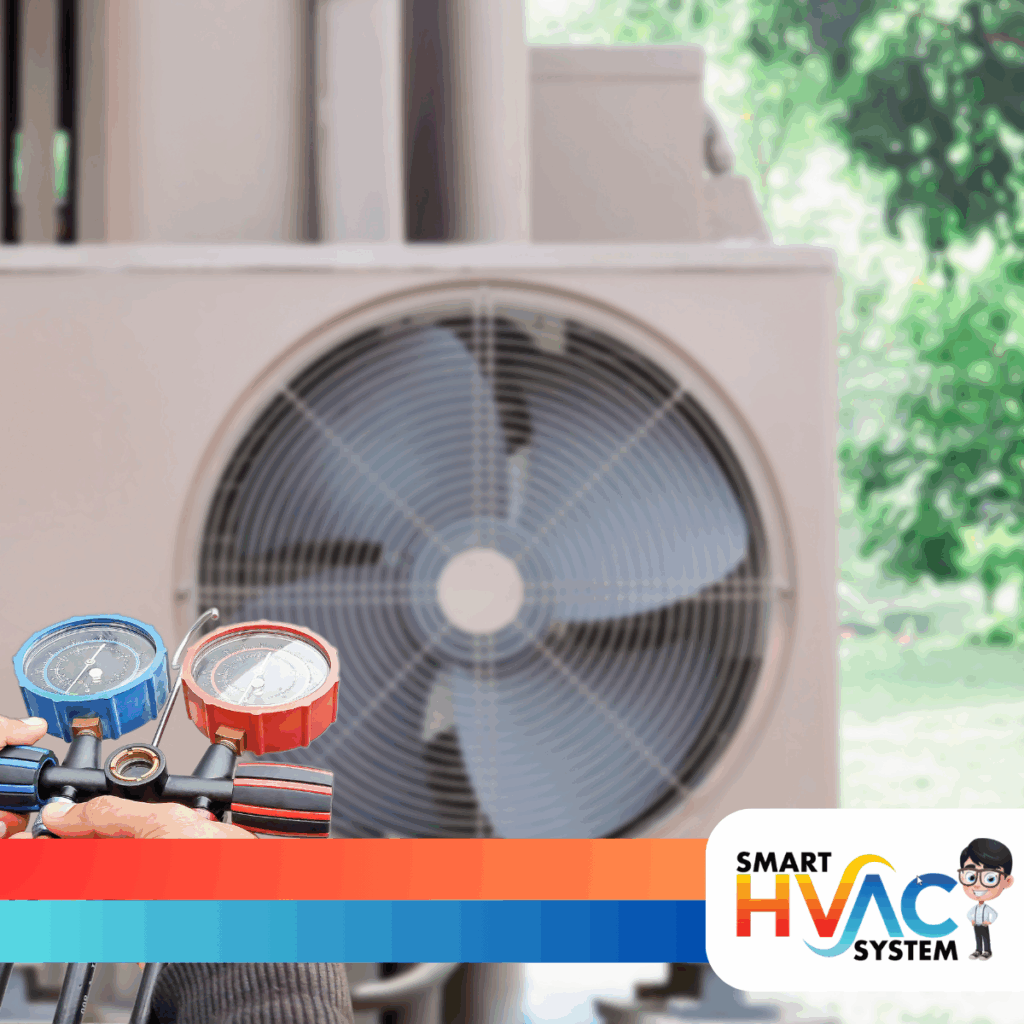Thinking about upgrading or replacing your current AC unit? Whether you’re dealing with an aging system, planning a renovation, or just trying to beat the summer heat, a new air conditioning installation is a big decision—and one that impacts your comfort, energy bills, and even your home’s value.
To help you make the smartest choice, here are the top factors to consider before installing a new cooling system.
1. The Right Size for Your Space
Size isn’t just about square footage—it’s about getting the right cooling capacity for your entire home. An AC unit that’s too small will run constantly and never fully cool your space. One that’s too large will short-cycle, wasting energy and wearing out faster.
A licensed HVAC technician will perform a Manual J load calculation, which takes into account:
- Your home’s square footage
- Ceiling height
- Insulation and window types
- Sun exposure
- Number of occupants
✅ Pro tip: Don’t guess—proper sizing ensures both comfort and efficiency.
2. Energy Efficiency and SEER Ratings
The Seasonal Energy Efficiency Ratio (SEER) rating measures how efficiently your air conditioner uses energy. The higher the SEER, the more efficient the unit.
- Standard systems have SEER ratings of 14–16
- High-efficiency models can go above SEER 20
- ENERGY STAR® certified AC units meet strict efficiency standards
While high-efficiency units may cost more up front, they can significantly lower your monthly energy bills.
3. Type of System: Central vs. Ductless vs. Hybrid
There are different types of air conditioning systems, and each one has its strengths:
- Central Air Conditioning – Ideal for whole-home cooling; uses ducts and a central unit.
- Ductless Mini-Split Systems – Great for homes without ductwork or for zoned cooling.
- Heat Pumps – Provide both heating and cooling in one unit.
The right choice depends on your home’s layout, existing infrastructure, and cooling preferences.
4. Installation Cost and Long-Term Value
Installing a new AC unit involves more than just buying equipment. Consider:
- Labor and installation fees
- Ductwork upgrades or repairs
- Electrical panel adjustments
- Thermostat compatibility
- Permits and inspections (in some areas)
Instead of focusing only on the price tag, think in terms of total cost of ownership—including maintenance, repairs, and energy use over the next 10–15 years.
5. Smart Features and Compatibility
Today’s cooling systems often come with smart features to enhance your comfort and control. Look for:
- Smart thermostat integration
- App control and scheduling
- Zoned temperature control
- Air quality or dehumidifying features
Smart-enabled air conditioners can optimize usage and save money over time.
6. Noise Levels
Some AC units are louder than others, especially older models. Newer systems are designed for quiet operation—especially important if the outdoor condenser is near a bedroom or living area.
Check the decibel (dB) rating of any unit you’re considering. Most modern systems operate between 50–70 dB, which is similar to the sound of a normal conversation.
7. Professional Installation Quality
Even the best AC unit will underperform if it’s not installed correctly. Improper air conditioning installation can lead to:
- Reduced efficiency
- Frequent breakdowns
- Leaks and poor airflow
- Voided warranties
Always hire a certified and experienced HVAC technician who follows proper installation protocols.
Final Thoughts
Installing a new AC unit is one of the most important decisions you’ll make for your home’s comfort and energy use. By considering the factors above—especially sizing, efficiency, and professional installation—you can make a confident choice that keeps your home cool and your costs under control.
READ MORE:

